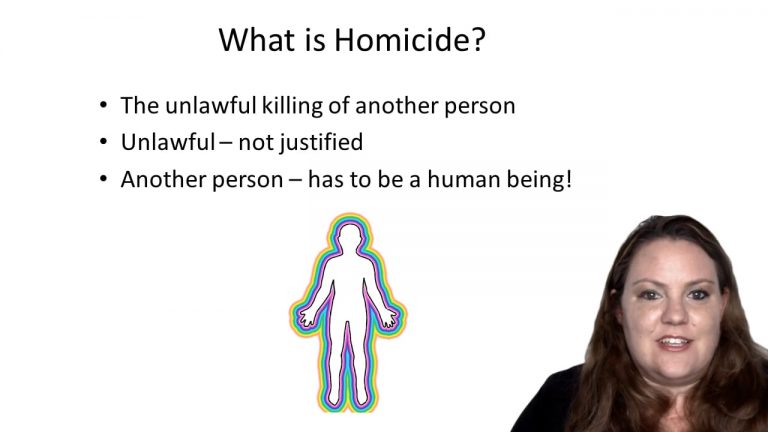SmartBrief
Confirm favorite deletion?
Criminal Law Keyed to Gershowitz
State v. Grissom
Citation:
251 Kan. 851, 840 P.2d 1142Facts
Three women in their early twenties disappeared from Overland Park, Kansas. The three women were Joan Butler, Christine Rusch, and Teresa Brown. They went missing in June of 1989. No remains of the women were ever found. Grissom (defendant) “owned and operated a business that cleaned and painted apartments in the Kansas City area.” Grissom had “pass keys” for all of the missing women’s apartments. Grissom was witnessed operating a car that had been rented by one of the missing women after her own car had been wrecked in an accident. Blood from one of the other women who had not rented the car was found inside the car. “Additional evidence showed large transactions on the women’s bank accounts from ATMs and drive-through lanes, where tellers later described a man fitting the description of the defendant as a passenger in the vehicle.” Other evidence like hair samples tied the defendant to the missing women.
Only StudyBuddy Pro offers the complete Case Brief Anatomy*
Access the most important case brief elements for optimal case understanding.
*Case Brief Anatomy includes: Brief Prologue, Complete Case Brief, Brief Epilogue
- The Brief Prologue provides necessary case brief introductory information and includes:
Topic:
Identifies the topic of law and where this case fits within your course outline.Parties:
Identifies the cast of characters involved in the case.Procedural Posture & History:
Shares the case history with how lower courts have ruled on the matter.Case Key Terms, Acts, Doctrines, etc.:
A case specific Legal Term Dictionary.Case Doctrines, Acts, Statutes, Amendments and Treatises:
Identifies and Defines Legal Authority used in this case.
- The Case Brief is the complete case summarized and authored in the traditional Law School I.R.A.C. format. The Pro case brief includes:
Brief Facts:
A Synopsis of the Facts of the case.Rule of Law:
Identifies the Legal Principle the Court used in deciding the case.Facts:
What are the factual circumstances that gave rise to the civil or criminal case? What is the relationship of the Parties that are involved in the case.Issue(s):
Lists the Questions of Law that are raised by the Facts of the case.Holding:
Shares the Court's answer to the legal questions raised in the issue.Concurring / Dissenting Opinions:
Includes valuable concurring or dissenting opinions and their key points.Reasoning and Analysis:
Identifies the chain of argument(s) which led the judges to rule as they did.
- The Brief Prologue closes the case brief with important forward-looking discussion and includes:
Policy:
Identifies the Policy if any that has been established by the case.Court Direction:
Shares where the Court went from here for this case.
Topic Resources
Topic Outline
Topic Refresher Course

 9m 36s
9m 36s